Peoples reaction following being told that they need to exercise more...
I often explain to patients that they need to exercise more. The look on their face when I say this varies. Sometimes it’s met with a determined head nod, maybe a looking down and shaking of the head explain "I know doc, I know." And in reality, less than half, no... less than a third of them actually increase their exercise and make a change. But let’s take a breath, and dive into what that statement really means. "If you want this pain to go away, you need to exercise more."
Exercise.
What exactly is exercise?
Is it going to the gym and mindlessly sitting at a cybex machine cranking out 3 sets of 10 for each major muscle group? Is it a Crossfit workout that causes you so much physical discomfort that you are just counting the seconds until it is over with? Or is it simply, walking your dog? Playing a pickup game of basketball? Biking through the farmers market?
The truth is, it is ALL of these. When I explain to patients they need to exercise more, all I am saying is, "Hey, get up a little more often than you normally do, and move around for an hour or two." Exercise should be FUN! We all should WANT to exercise! It does amazing things to our body, when we get up and get all our body parts moving around. Will there be days when you don't want to get up and go to the gym/ride your bike/take the dog for a walk? Sure there will be, but all that means is, you should just do something else! Clean the storage closet, play with your kids, do yoga... just do SOMETHING.
We get so caught up in our societal norms and all the pop-culture BS, that we forget, exercise is not a chore, it is a privilege. Being able to move, dance, walk, climb, or run all are options that we have to utilize. So the real question is then, what makes you happy? What is something you could do, today, that you would enjoy, that gets you up, out and moving. Find that something, and do it! You will feel better, you will live better and you will motivate others to do the same.
Here is a great blog that I follow, whose author is a fantastic leader in the field of Pain Science. Her name is Bronnie Lennox Thompson, and she is a researcher living in New Zealand. Her blog is a great resource if you are looking for some material on how to eliminate/manage chronic pain, among other great topics.
https://healthskills.wordpress.com/2017/06/26/exercise-who-me-yoga-or-physiotherapy-or-education/









